Table of Contents
Introduction
No, ribs are not always pork. While 'ribs' commonly refer to pork ribs in many contexts, beef ribs also exist. Pork ribs come from pigs, and beef ribs come from cows. This article explains the key differences between pork and beef ribs and provides expert spice tips for cooking both types to perfection.
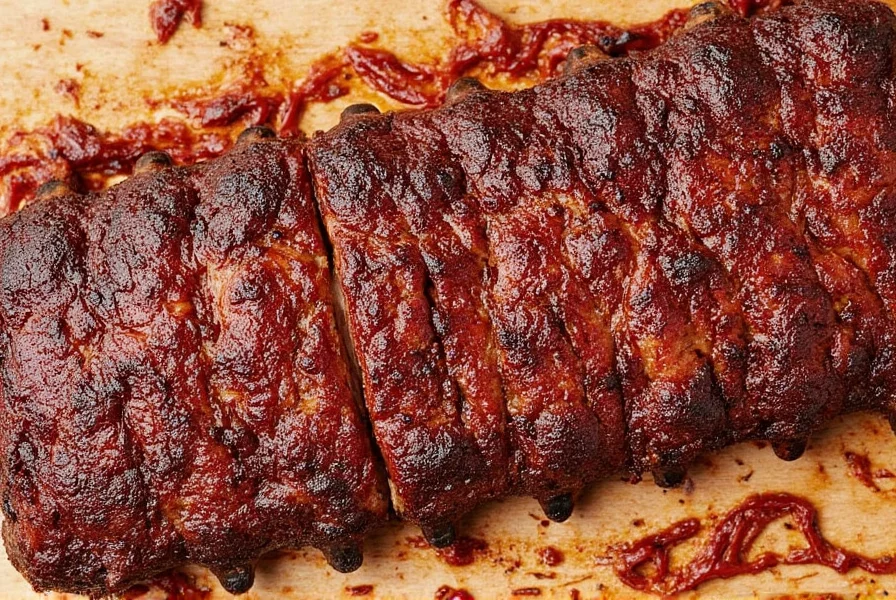
Pork Ribs vs Beef Ribs: Key Differences
Understanding the difference between pork ribs and beef ribs is crucial for selecting the right cut and applying the correct cooking techniques. Here's a breakdown:
| Rib Type | Description | Best For |
|---|---|---|
| Pork Spare Ribs | Thicker, meatier, and more marbled. Often called "baby back" ribs when taken from the loin area. | Grilling, smoking, or slow-cooking. Great for bold flavors. |
| Pork Back Ribs | Leaner and smaller, coming from the ribcage area. | Best for grilling or pan-searing. |
| Beef Short Ribs | Chunkier and meatier, with rich marbling. Typically from the brisket or plate section. | Perfect for braising or slow cooking; ideal for Korean-style dishes. |
| Beef Back Ribs | Larger and leaner than short ribs, from the ribcage area. More bone than meat. | Best for smoking or roasting; great for Texas-style barbecue. |
When choosing ribs, consider the flavor profile and cooking method. Pork ribs are generally sweeter and more tender, while beef ribs have a stronger, beefy flavor and require longer cooking times.
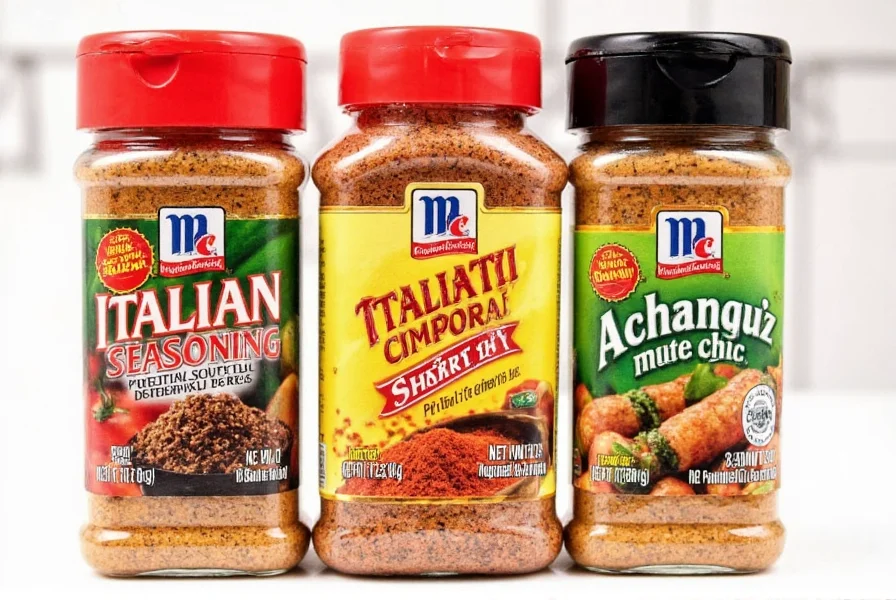
Spice Basics for Ribs
Spice pairing varies between pork and beef ribs due to their different fat content and flavor profiles. Here are key spices for each:
- Pork Ribs: Paprika (smokiness), cumin (earthy), garlic powder (savory), onion powder, cayenne for heat, black pepper. For Asian styles, try five-spice powder or ginger.
- Beef Ribs: Coffee grounds (for depth), smoked paprika, mustard powder, brown sugar (for caramelization), garlic, onion. Beef ribs pair well with bold spices like chipotle or ancho chili.
Remember: Beef ribs can handle stronger spices due to their robust flavor, while pork ribs benefit from balanced blends that enhance without overpowering.
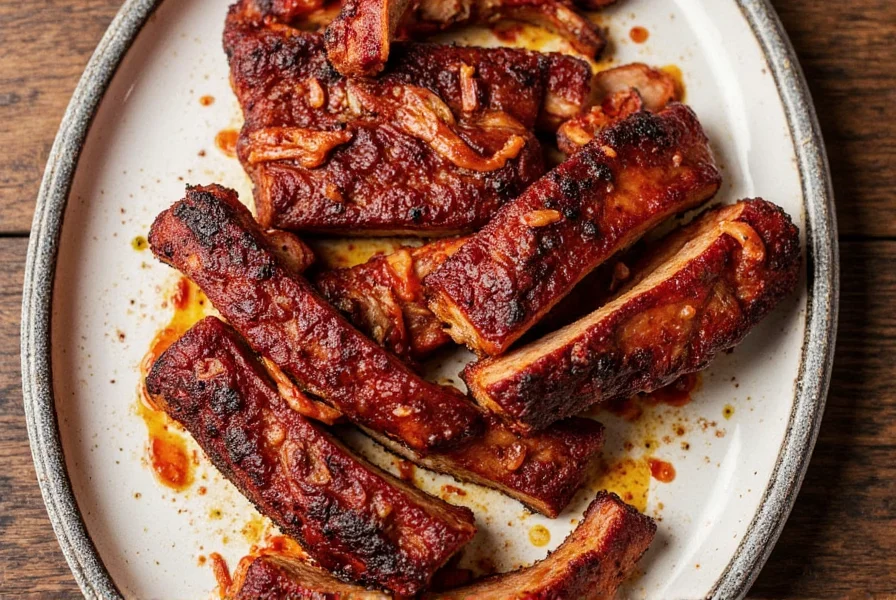
Cooking Tips for Pork and Beef Ribs
Proper cooking techniques ensure tender, flavorful results. Here's how to handle each type:
- Pork Ribs: Trim excess fat but leave a thin layer for moisture. Apply dry rub 1+ hours before cooking. Cook low and slow (225°F) for 3-4 hours. Baste with sauce in the last 30 minutes. Rest 10-15 minutes before serving.
- Beef Ribs: Trim fat to 1/4 inch thickness. Use a dry rub with coffee or mustard for depth. Cook at 275°F for 4-6 hours (smoking) or braise for 3 hours. For short ribs, sear first then slow-cook. Rest 20 minutes before slicing.
Pro tip: For pork ribs, use fruit woods (apple/cherry) for sweet smoke. For beef ribs, use oak or hickory for robust smokiness.
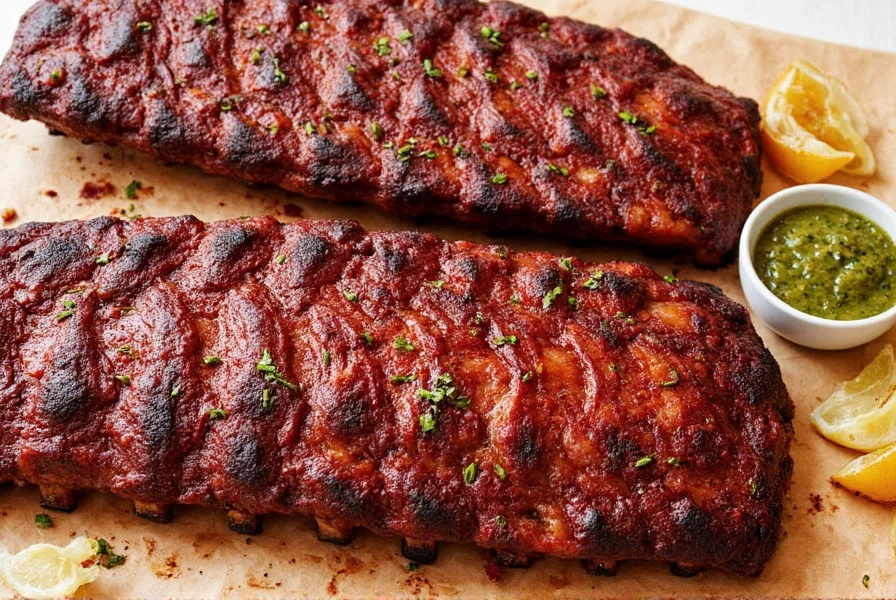
Buying Guide: Choosing the Right Ribs
Selecting quality ribs ensures the best results. Look for:
- Pork Ribs: Firm texture, pinkish-red color, fresh scent, and minimal surface drying. Baby back ribs are smaller and leaner; spare ribs are meatier.
- Beef Ribs: Deep red color, visible marbling, and no discoloration. Short ribs are thicker with more meat; back ribs have more bone.
For spice-focused cooking, choose fresh, unseasoned ribs to control flavor. Avoid pre-seasoned ribs unless you want specific flavor profiles.
Frequently Asked Questions About Ribs
Are all ribs pork?
No, not all ribs are pork. Pork ribs come from pigs, while beef ribs come from cows. When a recipe says "ribs" without specification, it usually refers to pork ribs, but beef ribs are equally common in many cuisines.
What's the difference between pork ribs and beef ribs?
Pork ribs are smaller, more tender, and have higher fat content that renders during cooking, creating a fall-off-the-bone texture. They have a sweeter, milder flavor. Beef ribs are larger, meatier, and have a stronger, beefy flavor. They require longer cooking times and benefit from different spice profiles.
How much spice should I use on ribs?
For pork ribs, use 1 tablespoon dry rub per pound. For beef ribs, use 1.5 tablespoons due to their stronger flavor. For cayenne or hot spices, start with 1/4 teaspoon per pound and adjust. Remember that spices intensify as they sit on the meat.
Can I make ribs spicy without making them too hot?
Absolutely. Use smoked paprika for depth, chipotle powder for mild heat with smokiness, or ancho chili powder for fruitiness. Combine with cumin, garlic, and onion to create balanced flavors where heat enhances rather than dominates. Beef ribs tolerate stronger heat than pork ribs.
How long should I let the spice rub sit on ribs before cooking?
For pork ribs, 1-2 hours minimum; overnight is ideal. For beef ribs, 2-4 hours minimum; up to 12 hours for deeper flavor. Avoid salt-heavy rubs for more than 12 hours to prevent curing the meat.
Conclusion
Ribs are not exclusively pork—both pork and beef varieties offer unique culinary possibilities. By understanding their differences and applying the right spice techniques, you can transform any rib type into a flavor-packed masterpiece. Whether grilling, smoking, or braising, the key is matching your approach to the specific rib type for tender, delicious results every time.
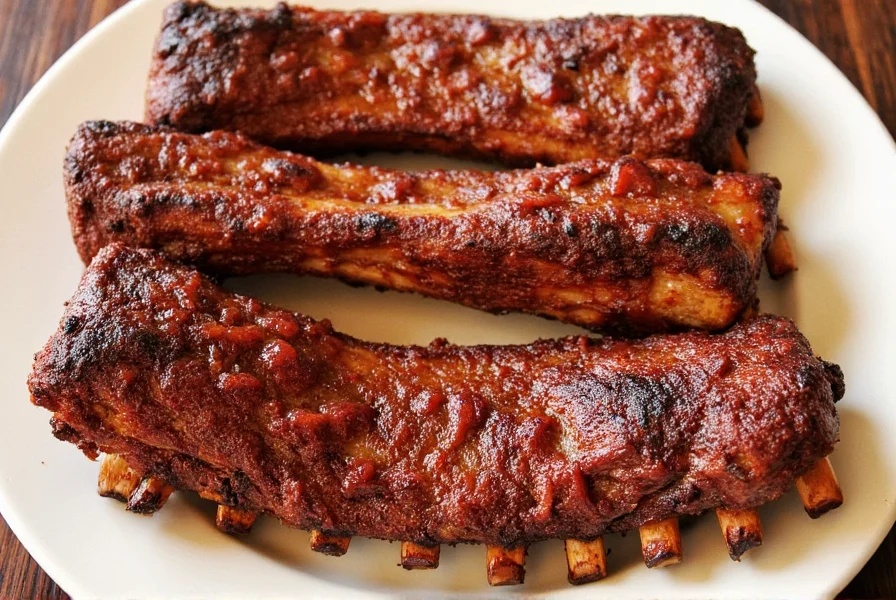

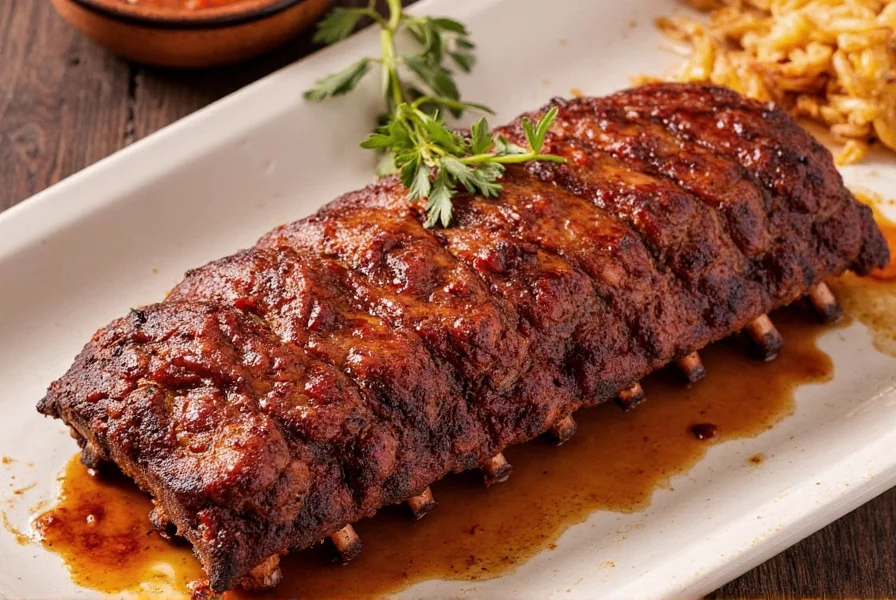









 浙公网安备
33010002000092号
浙公网安备
33010002000092号 浙B2-20120091-4
浙B2-20120091-4